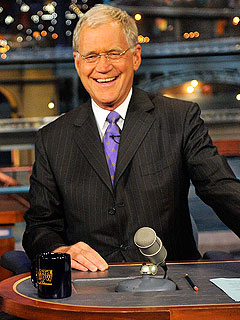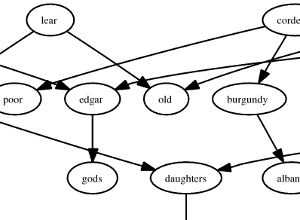
10. Literature is a genuine human creation, a language like math and music, which does not occur in nature. What is defined as culture is a) giving nature a human form (the sounds of nature are not the sounds of music), b) the best that has been thought and said.
9. Political/Scientific reasons: Literature presents different visions of the world we want or don’t want, a way to measure and choose politicians and policies when we vote. It even guides and inspires science, as the visions of literature are being realized, such as Icarus and hang-gliding, or computers that write and respond to vocal commands, even the cellular phone, an influence from sci-fi Star Trek. Also, politicians and governments do not sink to their lowest level of brutality, inflicting the greatest misery on the greatest number, until they rationalize it in words. See Hitler’s Mein Kampf. Be able to read to know difference between ideas which are for or against life, and not accept them passively.
8. Literature reminds us of our need for primary concerns which we share with animals (especially our concerns for food and water, sex, clothing, shelter, and unimpeded movement) over secondary concerns which are our loyalties to a group/mob and beliefs like capitalism, religion, communism. Too often we go to war because we don’t like how another group thinks. Many stories are also of a paradise lost and gained (e.g. story of Eden, Atlantis, the Garden of Hesperides) and we can’t go anywhere unless nature is looked after as well, a strong message for the troubled environment we live in.
7. One often missed point: art and literature are therapeutic. Watching Hollywood movies is the most obvious application of art to cheer us up. Most movies are adaptations of books. No books = no movies, as scripts themselves are written in a literary form, and are direct descendants of drama and theatre. Books and other arts (role-playing) provide a healthy catharsis and emotional release, as a healthy mind is the basis of all health.
6. Reading stories force us to identify with the main character who often is very different from us. This ability to identify, to walk in someone else’s shoes, helps us to identify with and learn tolerance for people who dress, think, speak, act and worship differently.
Continue reading →


